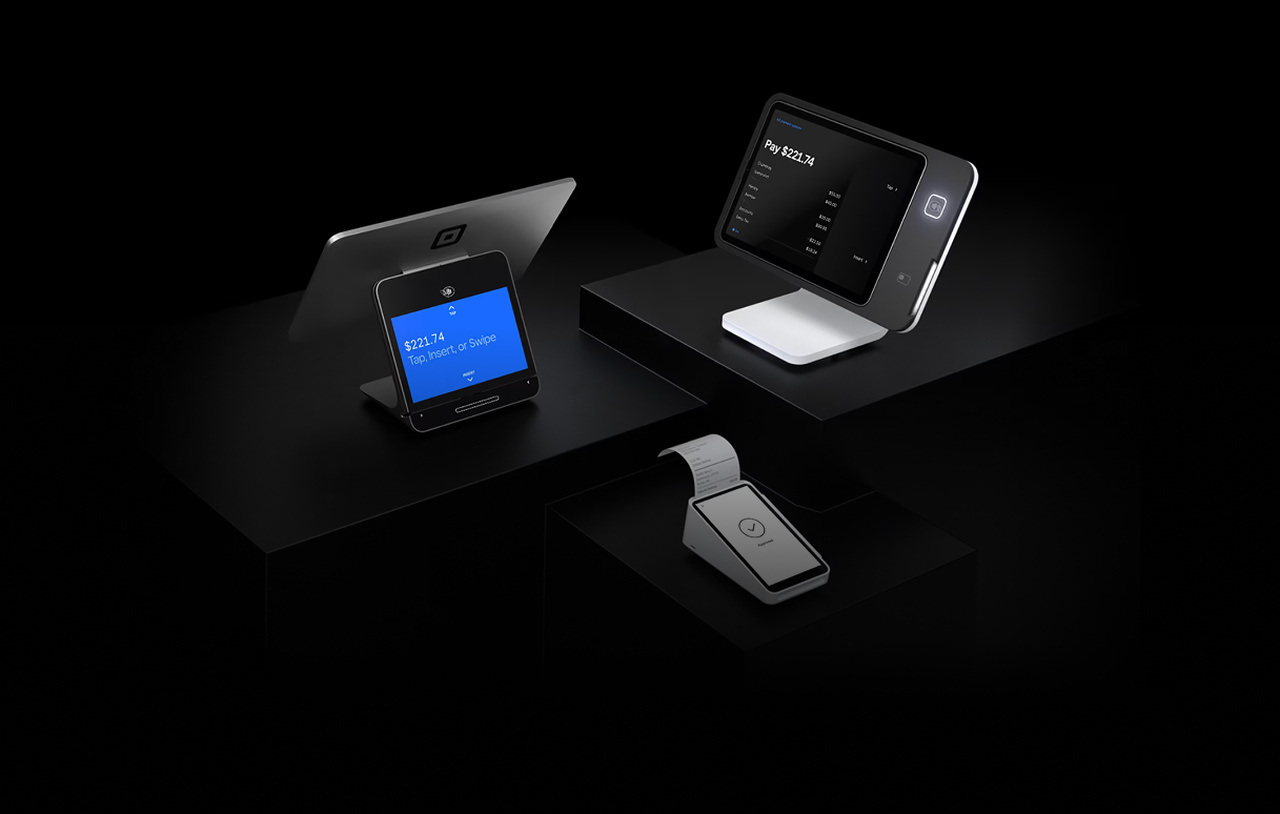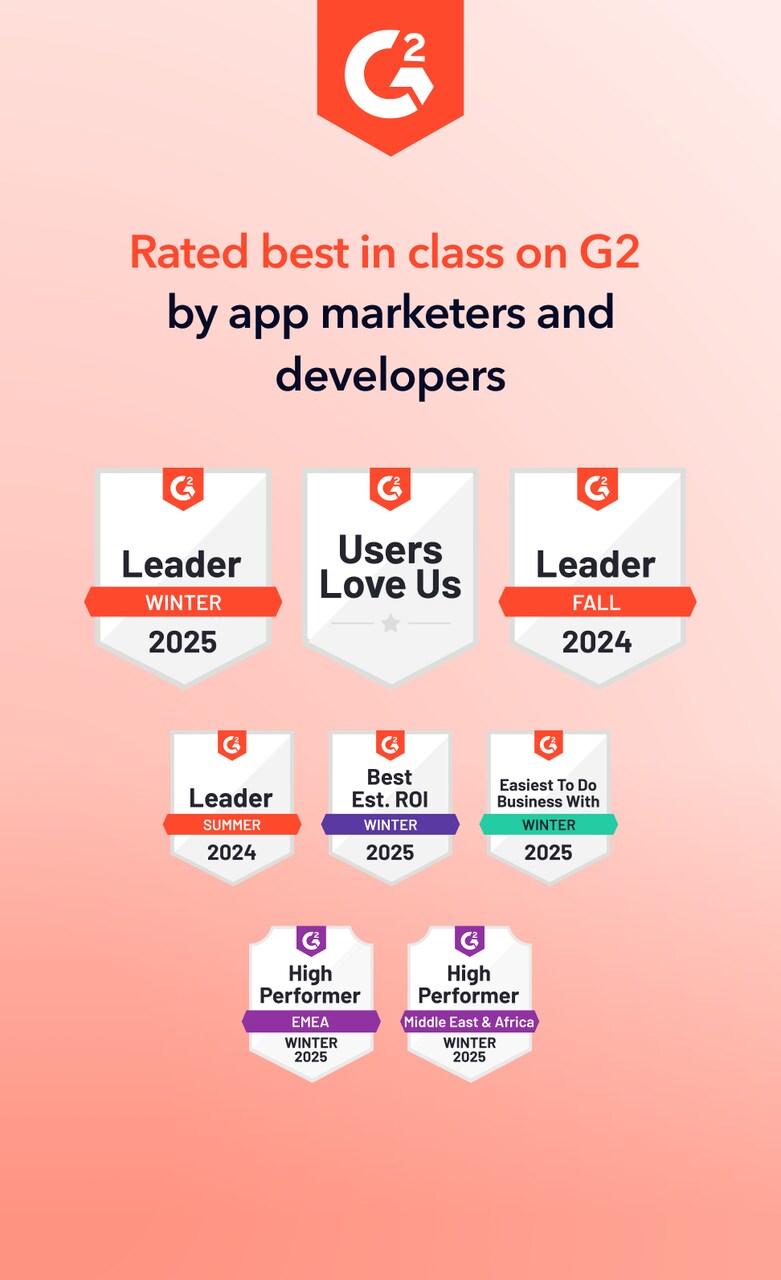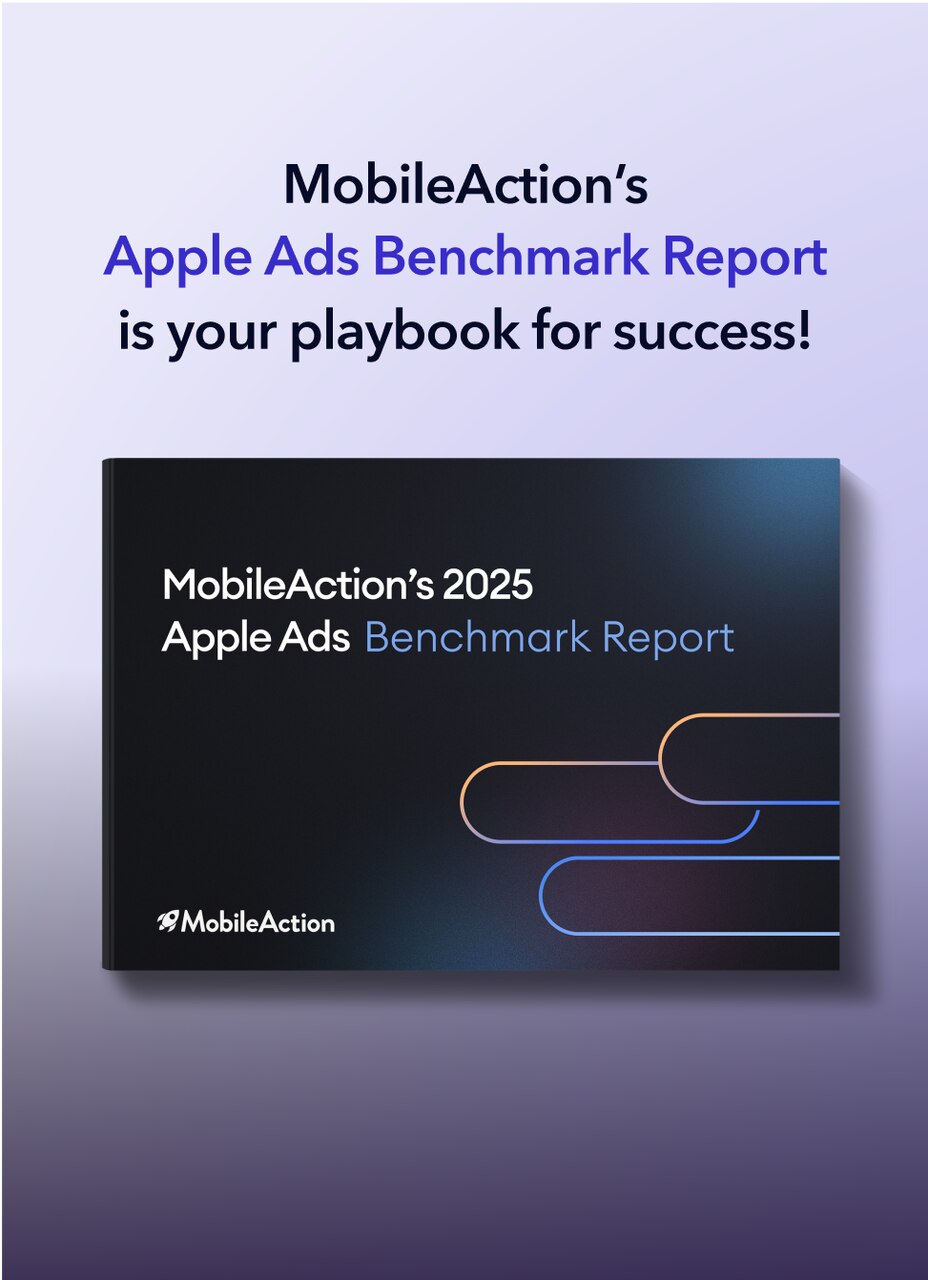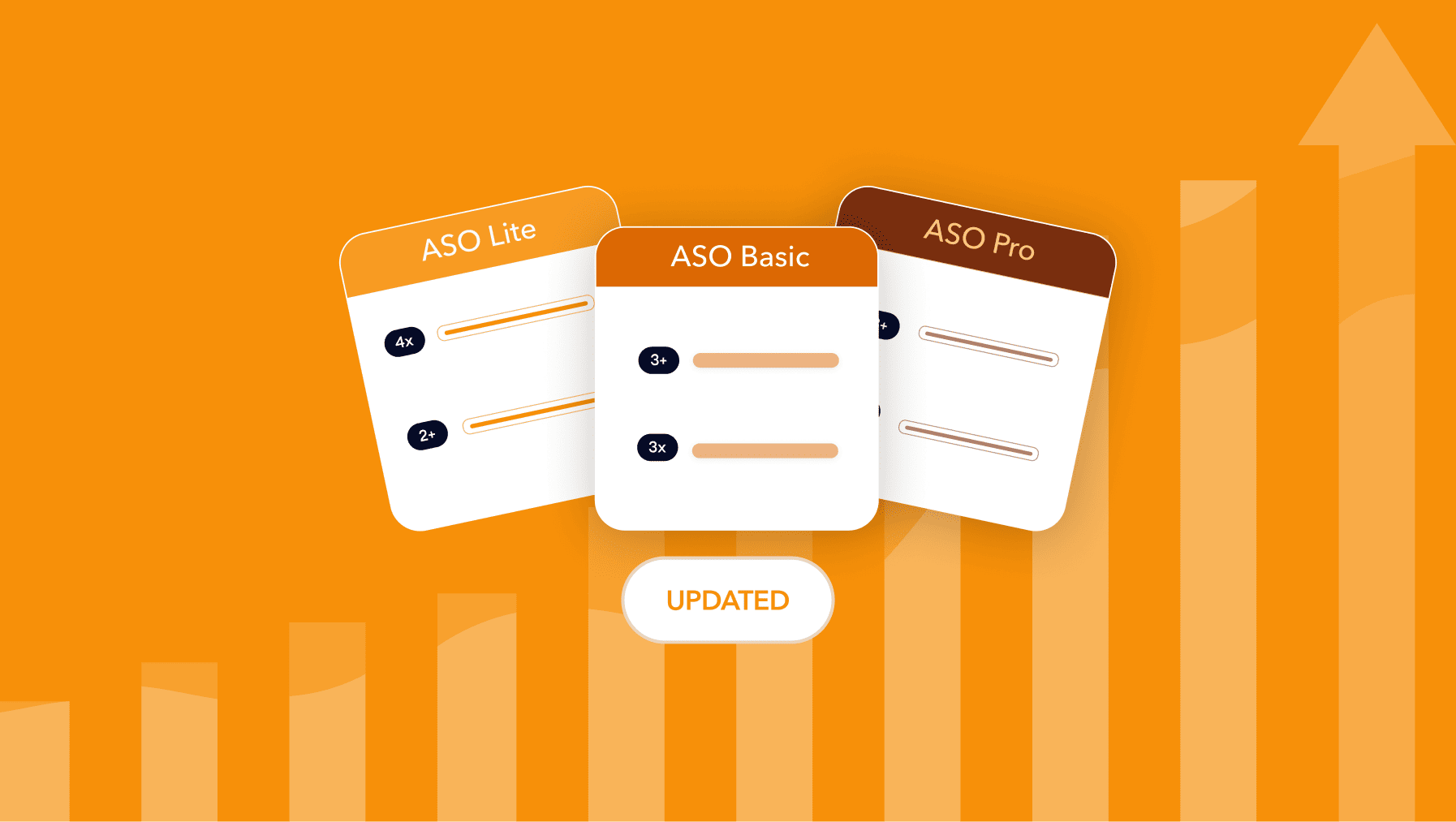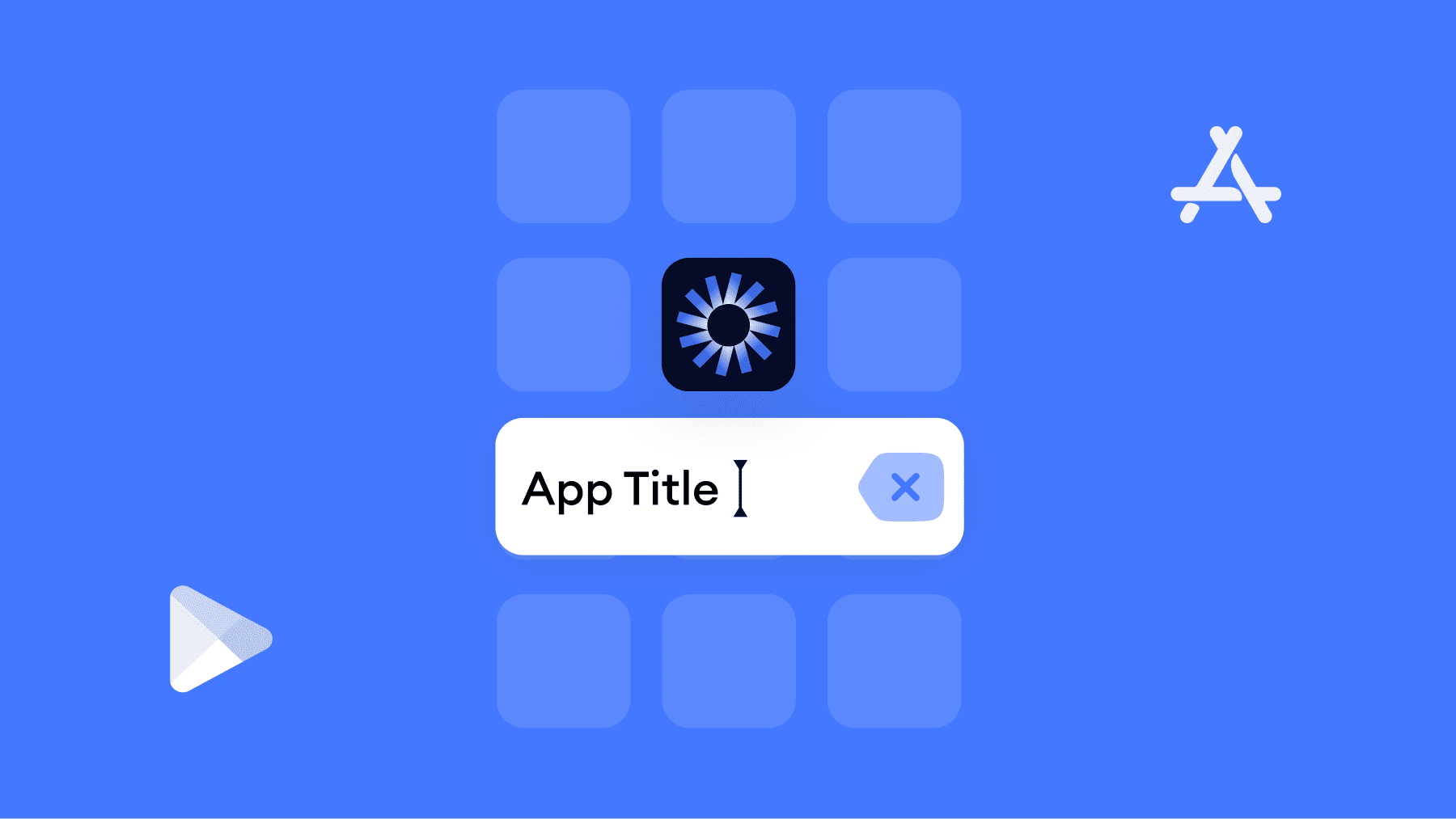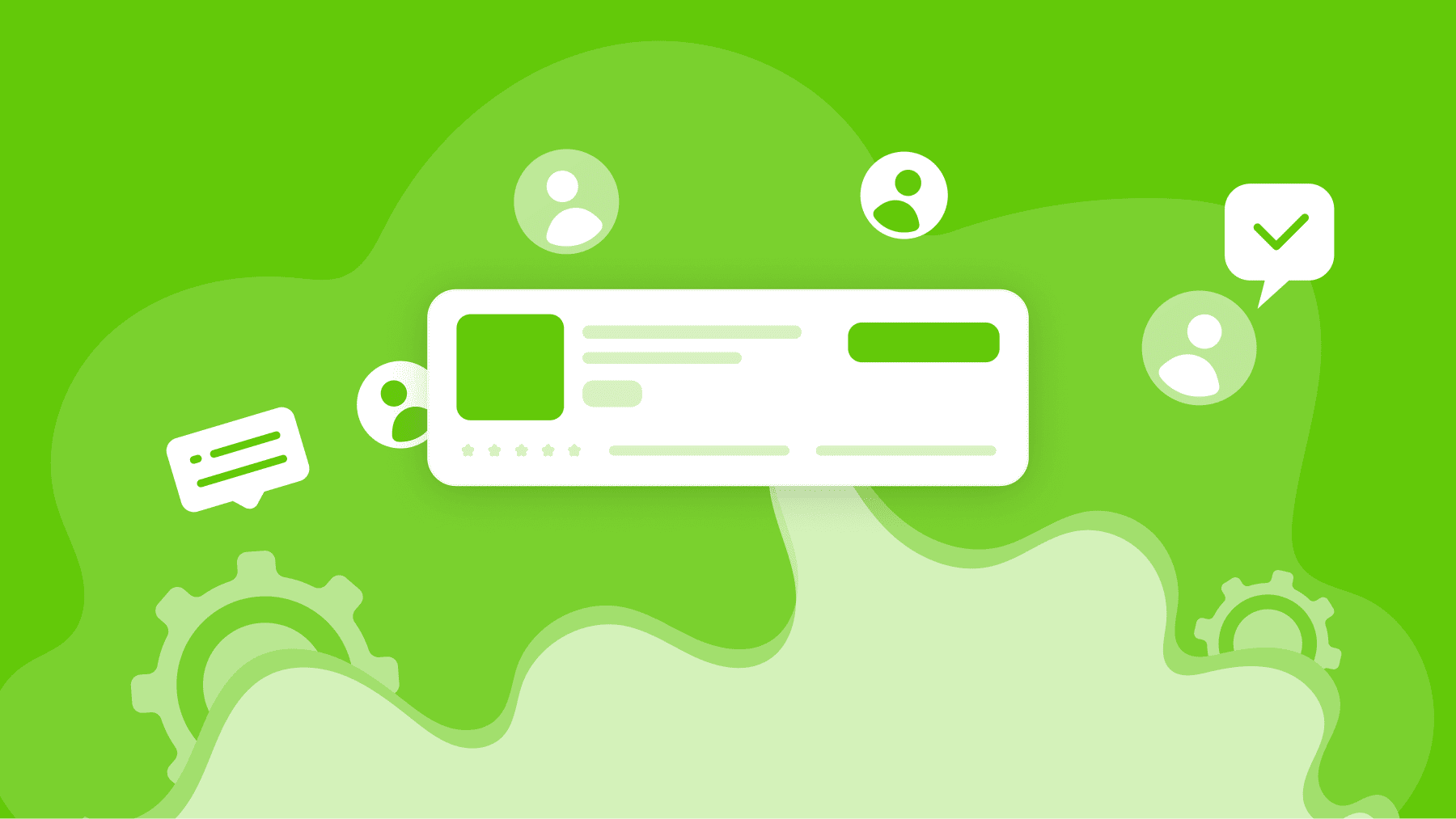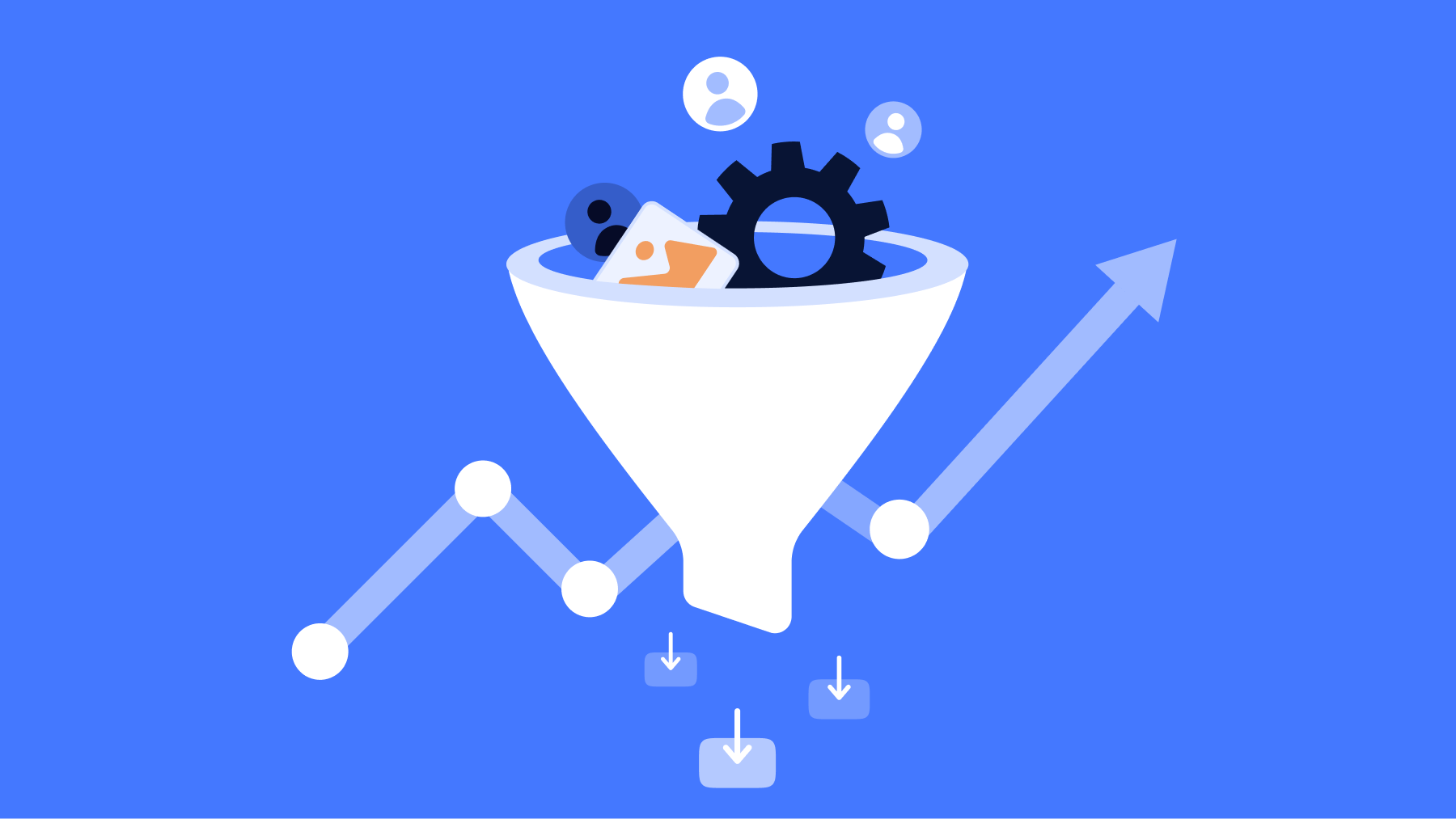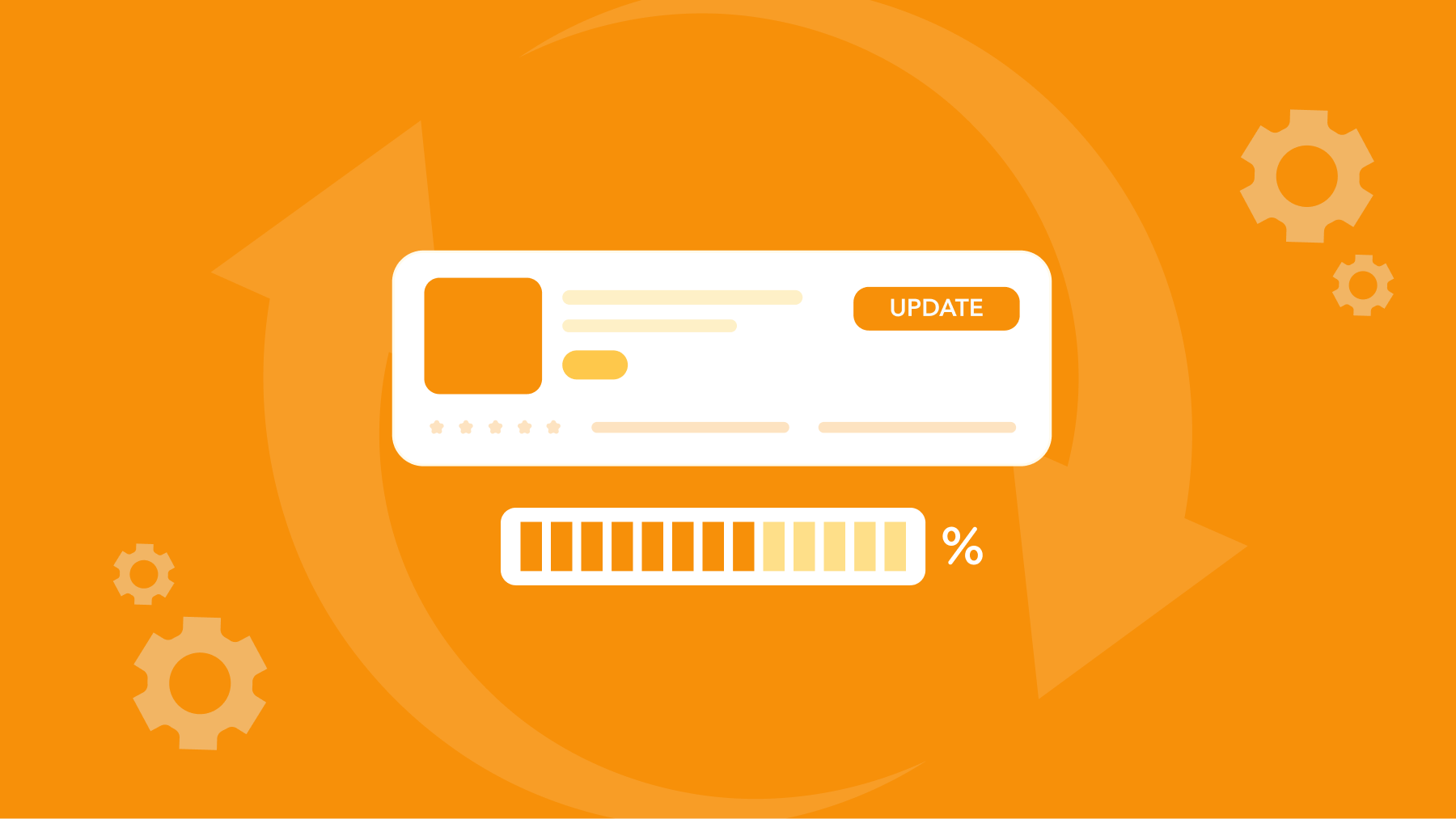Looking to boost your app's visibility and acquire more users? Our 2025 ASO Report is your ultimate guide to navigating the evolving app store landscape. Packed with data-driven insights, keyword trends, and top-ranking app strategies, this report will equip you with the knowledge to optimize your app's presence and achieve organic growth.
The Google Play Store ranking factors are a complex system. Google constantly updates its app ranking factors to improve user experience, which can make it challenging for app publishers to maintain visibility.
However, if you understand how the algorithm works and focus on the right Google Play store ranking factors tied to the Google Play ranking algorithm, you can systematically improve your app’s ranking, boost visibility, and drive more organic downloads.
In this blog post, we’ll break down the key Google Play Store ranking factors for 2025 and explain how to leverage them through a continuous, data-driven App Store Optimization (ASO) process to climb the charts.
Before we get into more detail, don’t forget to check out article titled App Store ranking factors: How to boost app visibility in 2025!
How the Google Play Store ranking factors works
Google Play ranking algorithm for Play Store apps uses a variety of direct and indirect signals to determine which apps appear at the top of search results, category charts, and other discovery sections.
At its core, the Google Play ranking algorithm starts by analyzing relevance, especially the keywords in your app’s metadata (title, description, etc.), to figure out if your app is a good match for a user’s search query. Apps are indexed based on these keywords, so including the right terms in your metadata is essential for being considered in relevant searches.
Once relevance is established, Google then evaluates your app’s quality and engagement metrics, the “indirect” factors beyond keywords. This includes things like download volume, user ratings and reviews, retention and usage statistics, and technical performance (crash rate, load times, etc.). In short, having the right keywords might get your app into the pool of results, but strong performance and user satisfaction will help it rank higher within that pool. The exact weight of each factor isn’t publicly disclosed by Google, but industry research confirms that Google Play ranking is influenced by a mix of metadata relevance and user-centric signals of quality.
It’s also worth noting that Google Play’s algorithm considers different sources of traffic. While search is the biggest discovery channel, apps can also gain visibility through Explore (browsing the store) and external referrals.
The takeaway: Google Play’s ranking algorithm favors apps that best satisfy user intent (relevance) and deliver great user experience (quality), and it rewards sustained improvements over one-time optimizations.
Key Google Play ranking factors in 2025
What exactly does Google Play consider when ranking apps? Below is an overview of the most important Google Play Store ranking factors you should know and optimize for:
Metadata optimization
Your app’s metadata is a primary driver of search ranking. The app title is the most impactful field, including relevant keywords in your title gives a strong boost to search visibility. Likewise, the short description (up to 80 characters) and long description (up to 4,000 characters) are indexed for keywords, helping Google understand what your app is about.
Using high-volume, relevant keywords (in a natural way) across these fields improves your app’s relevance for those search queries, increasing chances to rank. (
User ratings & reviews
Google Play heavily weighs an app’s ratings and reviews as indicators of quality and user satisfaction. Apps with higher average star ratings and positive review sentiment tend to rank higher, as this signals to the algorithm (and to users) that the app delivers value. Consistently engaging with and responding to reviews (especially addressing negative feedback) can further boost your credibility in Google’s eyes. In short, a strong reputation for quality (reflected by good ratings) will improve your Play Store ranking.
Install volume & velocity
The number of downloads your app has is another crucial factor, along with the velocity of those installs. A high total install count provides social proof, but more importantly, a spike or steady growth in new installs can trigger the algorithm to rank your app higher in search and even in the “Top Charts”. In fact, Google’s ranking systems pay attention to how quickly your app is accumulating installs; rapid growth is a positive signal (indicating trending popularity).
Conversion rate (how many store visitors actually install) also plays a role; if many people who see your listing end up downloading, Google interprets your app as highly relevant to that query, which can further boost rankings.
User engagement & retention
Beyond raw installs, Google looks at how users engage with your app post-download. Key metrics include active user rates (e.g. Daily Active Users), session length and frequency, and uninstall rate. Apps that users open frequently and keep installed (low uninstall rates) send a strong signal that the app is high-quality and useful, which can improve its ranking. On the other hand, if many users install an app but quickly abandon or remove it, the algorithm may demote it. High engagement and retention are thus critical Google Play ranking factors indicating long-term user value.
Performance & stability
Google is very mindful of app quality. Technical performance metrics (also known as Android Vitals) such as crash rate, ANR (freeze) rate, load times, and battery usage can impact your rankings. Apps that are buggy or resource-heavy risk being penalized in search rankings, whereas smooth, stable apps are more likely to be promoted. Google wants to ensure users get apps that run well on their devices, so maintaining good performance and promptly fixing bugs (to keep crash rates low) is an ASO priority.
Regular updates
The frequency and recency of app updates also contribute to rankings. Regularly updated apps are seen as actively maintained and improving, which Google rewards with better visibility. Conversely, an app that hasn’t been updated in a long time might be perceived as abandoned. Each update is an opportunity to not only fix issues and add features (which improve user satisfaction) but also to optimize metadata. Tip: even if your core features are stable, pushing periodic updates (with meaningful improvements) can signal to Google that your app is fresh and relevant.
To learn more about how app update frequency affects ASO, read our article titled Why apps need to be updated: Key to strong ASO growth!
Localization
Google Play Store ranking factors can differ across countries and languages, and Google favors apps that cater to local audiences. Localizing your app’s metadata (title, description, etc.) into the target market’s language can significantly boost discoverability in that region. Users are more likely to download an app that “speaks” their language and references local culture where appropriate. Moreover, Google’s algorithm recognizes when an app listing is tailored to a region, and often gives a ranking advantage to localized apps over non-localized ones. In 2025, localization is no longer optional if you aim for global reach; it’s a proven way to improve conversion and rankings by market.
Category fit
Choosing the right app category is another factor for overall Google Play Store app ranking. Your app should be categorized where its core functionality best fits, so Google can correctly index it and show it to the right audience. If you list your app in an overly broad category, you might get more exposure but face tougher competition; a niche category could mean less competition but also a smaller audience. There’s a strategic element here: some apps perform better by targeting a niche category where they can rank near the top, rather than getting lost in a bigger category. Also, ensure your app’s metadata and content align with the category – this relevance helps your Google Play ranking by reinforcing to the algorithm what your app is about.
Prioritizing your ASO strategy: Broad keywords vs. core keywords vs. category visibility
Every team faces the challenge of where to invest their ASO resources. Do you try to rank for a broader set of keywords to capture more search traffic? Do you double down on a few core keywords that are most relevant to your app? Or do you aim for category visibility by trying to climb the top charts? The answer depends on your specific growth goals, and each approach emphasizes different Google Play ranking factors:
Ranking for more search terms
If your goal is to rank for more keywords, you’ll focus on extensive keyword research and optimization. This means identifying many relevant search terms (including long-tail keywords) and incorporating them strategically into your metadata. By targeting such keywords, you can tap into additional pockets of demand. When broadening your reach, localization is also key: translating your listing for different languages can instantly multiply the keywords you rank for in each locale. Keep in mind, ranking on a new keyword requires not just adding it to your metadata, but often also some initial download momentum for that term.
Defending core keywords
Perhaps there are a handful of core keywords (or branded terms) that are most valuable to your app – e.g. your app’s primary function or category names. In this case, your ASO strategy might prioritize improving rank on those specific terms rather than chasing lots of new keywords. Defending core keywords involves optimizing your listing around those terms (ensuring they’re in the title/description), but also improving your app’s conversion and user satisfaction so that you outrank competitors targeting the same terms. For highly competitive keywords, small advantages can make a difference: a slightly higher star rating, a newer update, or more compelling graphics could win the install and thus improve your ranking.
Pushing category visibility
If your aim is to become a top app in your category (for example, to be featured in “Top Free {Category}” lists), your strategy will go beyond just ASO into growth marketing. Here, volume and velocity of installs is critical; you might plan bursts of user acquisition (through ads, cross-promotion, or viral campaigns) to spike your download counts and improve your category rank. Retention and engagement are also paramount: to sustain a high rank, your app needs strong usage metrics so that new downloads aren’t immediately churning. Focus on features that re-engage users and keep that uninstall rate low. Additionally, timing updates or campaigns to seasonality can help (for instance, a fitness app might push harder in January when health apps trend).
Leveraging ASO tools for data-driven Google Play optimization
Optimizing for all these ranking factors can be a complex, ongoing process, but you don’t have to do it blindly. This is where MobileAction’s ASO Intelligence comes in, helping app marketers move from guesswork to data-driven decisions.
Here are some ways ASO Intelligence can boost your efforts:
- Keyword Research: MobileAction’s Keyword Inspector reveals the full keyword landscape of your category, showing search volume, difficulty, and app count for each keyword. Instead of relying on assumptions, you can instantly identify high-potential keywords with low competition.

- Keyword Tracking & Performance Monitoring: Once your keywords are set, MobileAction’s keyword tracking visualizes daily ranking movements. You can track your own app’s performance alongside competitors, correlate ranking changes with metadata updates, and monitor visibility trends over time.
![]()
- Competitive Intelligence: ASO success is relative and ASO Intelligence offers a complete competitor breakdown. You can benchmark visibility, download estimates, and creative assets against others in your category. The Keyword Gap and App Visibility Report reveal where competitors outperform you, while Store Monitoring Management let you analyze their titles, subtitles, and descriptions to uncover metadata strategies. You can even monitor update frequency, rating trends, and category movements to anticipate shifts in competitive positioning.
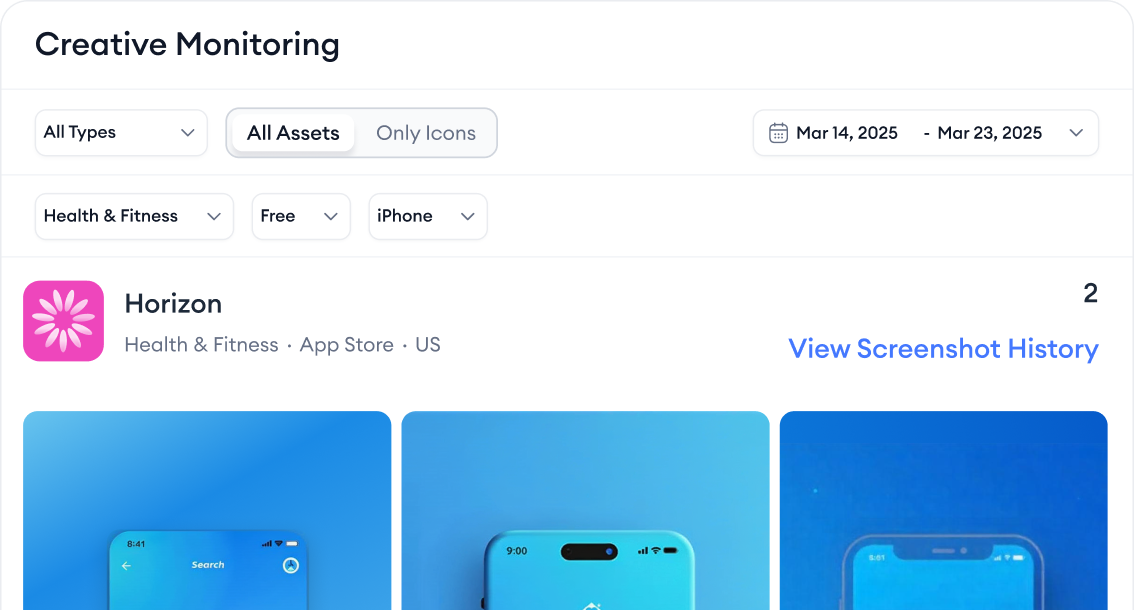
- Localization: MobileAction allows you to explore localized keyword data and rankings across every market where your app operates. With the Localization, you can identify which regions have the highest visibility gaps and which local terms bring the most traffic. This helps you tailor metadata per country and track performance by language, enabling smarter resource allocation and faster growth in emerging markets.
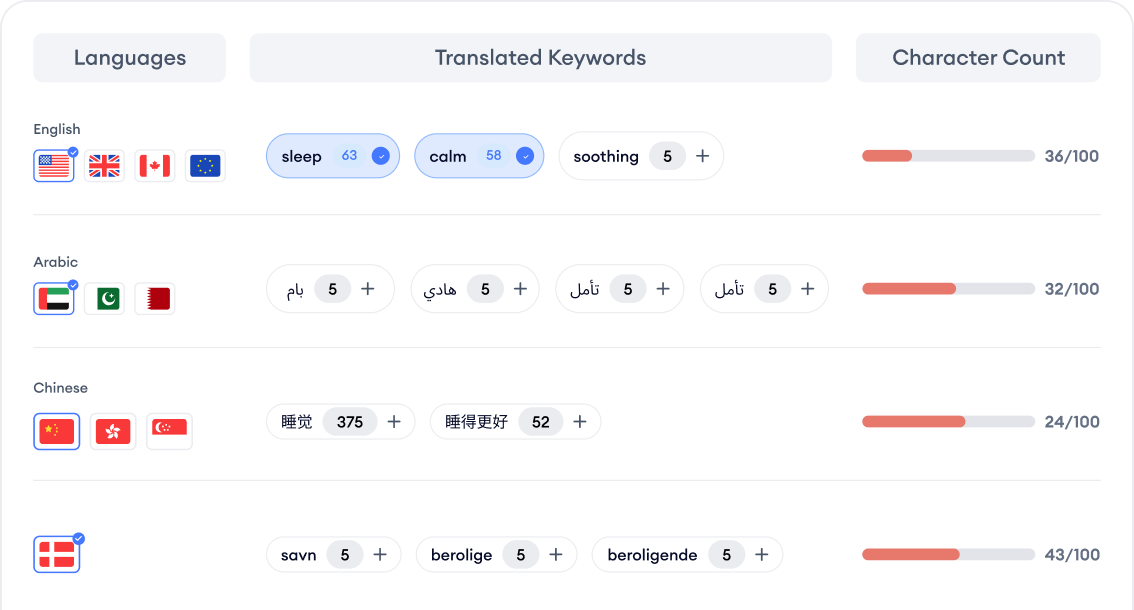
Bottom line
Understanding how the Google Play ranking factors works and which factors matter is your foundation. From there, using the right tools and treating ASO as an ongoing effort will help you systematically improve your Google Play Store keyword rankings and overall performance. Keep optimizing, keep tracking, and stay agile with your strategy. Over time, you’ll see your app climb higher in search results, stick longer in the charts, and most importantly, reach more of the users who are looking for what your app offers.
Ready to elevate your Google Play rankings? By focusing on the factors outlined above and leveraging data-driven ASO Intelligence, you can move from guesswork to a proven process. The result: higher visibility, more organic installs, and sustained app growth. Sign up today and start ASO as an ongoing loop, and you’ll be well on your way to the top of the Play Store.
Frequently asked questions
What are Google’s ranking factors?
On Google Play, ranking is mainly influenced by how relevant your app’s metadata is to a user’s search, how quickly your install numbers are growing, and how users behave after downloading your app. Google looks at signals like your title, short description, long description, and tags to understand what your app should rank for, then evaluates user quality signals such as retention, engagement, uninstall rate, and overall stability. Ratings and reviews, especially recent ones, strongly affect visibility, and so do your store listing’s conversion metrics, meaning your icon, screenshots, and feature graphic all indirectly contribute to ranking. Apps that update regularly, perform well technically, and show consistent growth tend to rank higher.
How are App Store rankings calculated?
On the Apple App Store, rankings are determined by a mix of keyword relevance, download momentum, conversion performance, and overall app quality. Apple analyzes your title, subtitle, and keyword field to understand which queries your app fits, then weighs factors like download velocity, tap-through rate, and install conversion rate to determine how desirable users find your listing. Ratings and play a major role, and Apple also considers retention, uninstalls, crashes, and general product quality when calculating rankings. Apps that are regularly updated, perform smoothly, and deliver strong user satisfaction typically achieve better visibility in search results and charts.


